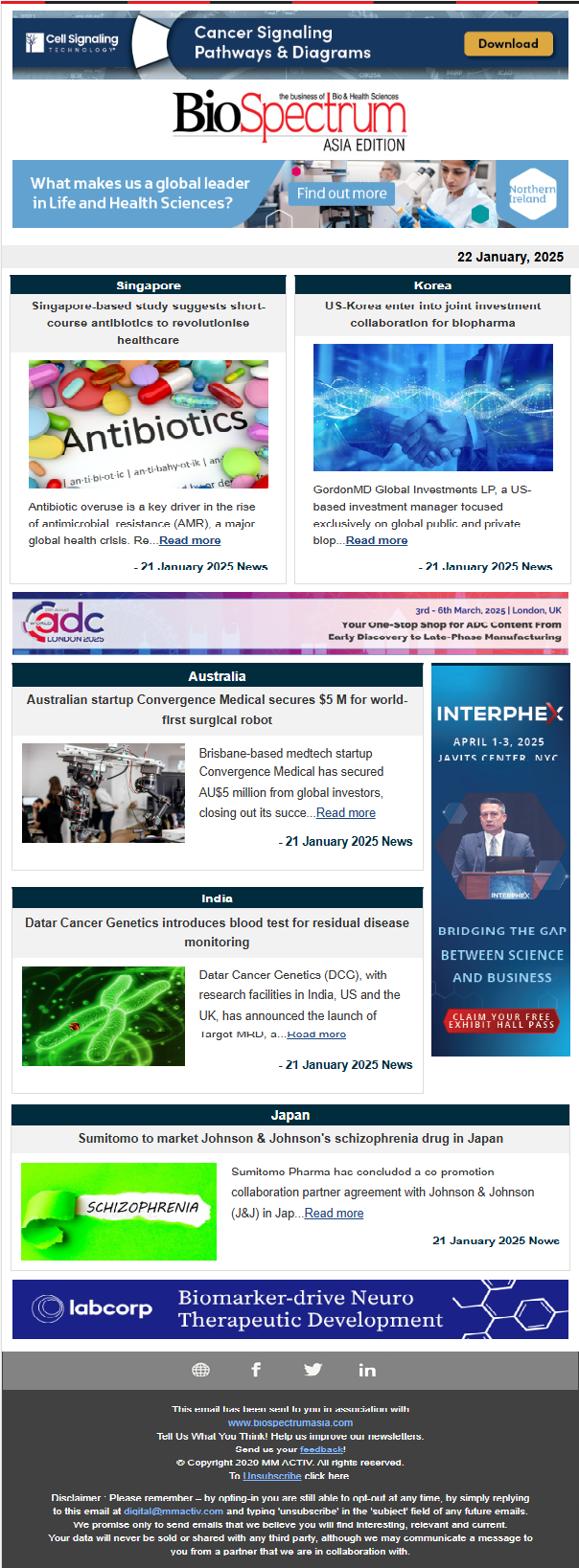
What are the major plans in store at HOYA Vision Care for 2025, for the Asia market?
Asia remains a key market for HOYA Vision Care throughout 2025, playing a central role in our strategic priorities and supporting our mission to advance vision health for everyone. The region has long been essential to our efforts, particularly through the development of our leading myopia management solution, the MiYOSMART spectacle lens.
Developed in partnership with The Hong Kong Polytechnic University (PolyU), this lens uses Defocus Incorporated Multiple Segments (D.I.M.S.) Technology to slow or even stop the progression of myopia. With the clinical study supporting this innovation and having completed its eighth year of follow-up, it stands as the world’s longest-running myopia management spectacle lens study to date and further reinforces the safety and effectiveness of the MiYOSMART lens, and we remain steadfast in our commitment to the unique vision care needs of the Asia market.
MiYOSMART spectacle lenses have not been approved for myopia management in all countries, including the United States, and are not currently available for sale in all countries.
Looking to 2025, our focus is on expanding access to this impactful innovation, ensuring that more children across Asia benefit from its clinically proven, long-term effectiveness and safety.
Are you planning to launch new products this year in Japan or other Asian countries?
With our history deeply rooted in Japan, HOYA Vision Care remains strongly committed to advancing vision care across Asia. We are actively expanding global access to our innovative products, including MiYOSMART spectacle lenses, and working closely with regulatory bodies worldwide to secure the necessary approvals for their use in myopia management. These efforts reflect our deep commitment to improving the vision health of children throughout Asia.
What are the emerging trends, challenges, and technological advancements in ophthalmology within the Asia region?
The Asia-Pacific region, home to nearly 51 per cent of the global population, faces a disproportionate burden of vision impairment, as two-thirds of people with moderate-to-severe visual impairment live in East, South, and Central Asia. This highlights the urgent and essential need for innovation and improved access to care.
Beyond product innovation, we continue to actively engage with Eye Care Professionals (ECPs) across Asia, through ongoing educational initiatives hosted on our dedicated platform, to help deepen understanding and awareness of myopia. Our partnerships with global initiatives such as SPECS 2023, along with other educational institutions and research centres, mean we’re dedicated to providing valuable insights to refine our approach to myopia management.
HOYA’s advanced, world-class scratch-resistant coatings enhance lens durability for spectacle wearers of all ages, including the growing pre-presbyopic and presbyopic populations. Combined with HOYA’s latest progressive addition lens (PAL) designs, these superior coatings, available across all price points, effectively meet the evolving vision needs of this expanding demographic.
Could you please highlight the evolving role of AI and data in eye care diagnostics?
Artificial Intelligence (AI) and data are increasingly transforming eye care diagnostics, enabling more precise, efficient, and personalised care. HOYA Vision Care’s AI-powered visuReal Master system streamlines lens centration, helping ECPs deliver accurate, high-quality fittings.
Now, even the youngest spectacle wearers can benefit from this technology. We recently launched the visuReal MoveAI Kids module, designed to improve centration accuracy for younger spectacle wearers, allowing for enhanced effectiveness of treatment spectacle lenses such as MiYOSMART and contributing to better visual outcomes.
Our R&D pipeline continues to explore AI-driven diagnostics, including the potential of highly sensitive, AI-powered eye exams and optical/biometric evaluations to predict and address myopia development before symptoms arise. This includes investigating the eyes of pre-myopic children – those at risk before any impairment sets in – so we can intervene earlier and more effectively.
How does HOYA Vision Care view the Indian market for its business growth? How do you plan to strengthen your presence in India, in terms of new partnerships, product launches, investments, etc.?
HOYA Vision Care recognises the Indian market as critically important for our business growth, given its substantial and growing population affected by myopia and other eye conditions. Studies project a significant rise in myopia among urban Indian children, with prevalence rates approaching 50 per cent. This growing concern reinforces our commitment to advancing ophthalmic care in India.
HOYA Lens India recently conducted a vision screening campaign for commercial vehicle drivers, partnering with India Vision Institute (IVI), the Indian Optometric Association (IOA) and All India Optical Federation (AIOF), to provide eye checks and spectacles. We also work with leading global organisations such as the International Agency for the Prevention of Blindness (IAPB) and Orbis International, a leading non-profit dedicated to preventing and treating blindness. Most recently, we launched a three-year partnership with Orbis UK to fund a vital Vision Centre in India. This centre aims to increase access to primary eye care services, including digital screenings, diagnosis and treatments for a range of eye conditions. This type of on-the-ground activity demonstrates HOYA's commitment to proactively improving vision care access in India.
We also work closely with ECPs in India to enhance their awareness and understanding of myopia through ongoing education programmes, delivered via our dedicated platform. By fostering public-private partnerships, HOYA has developed research-based campaigns such as ‘Confidence through Evidence’ that support ECPs in identifying and managing myopia early and effectively. Additionally, we maintain close collaboration with health organisations, educational institutions, universities and research centres to gain valuable insights that inform training and resources, addressing key challenges in myopia management across the country.
On a global scale we are also actively contributing to initiatives such as the World Health Organization's (WHO) SPECS 2030; we’re committed to expanding refractive error coverage by 40 per cent by 2030 ensuring universal access to affordable eye care.
Dr Manbeena Chawla
(manbeena.chawla@mmactiv.com)




